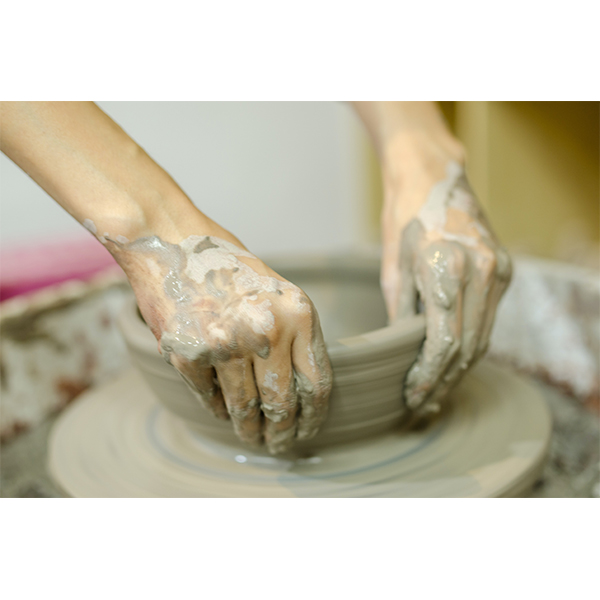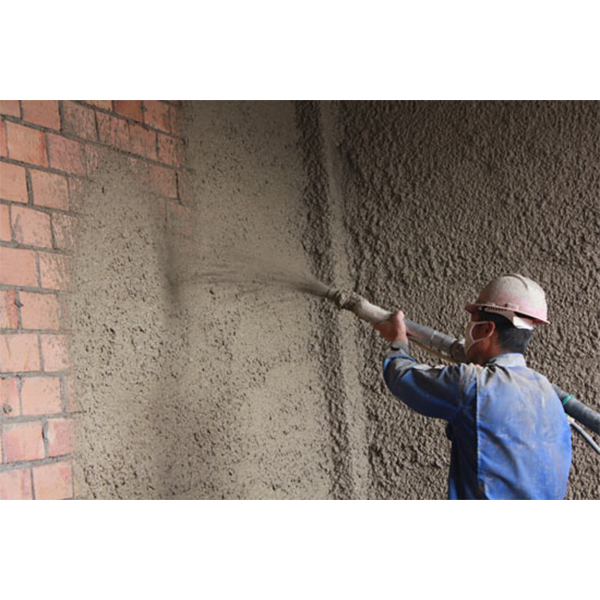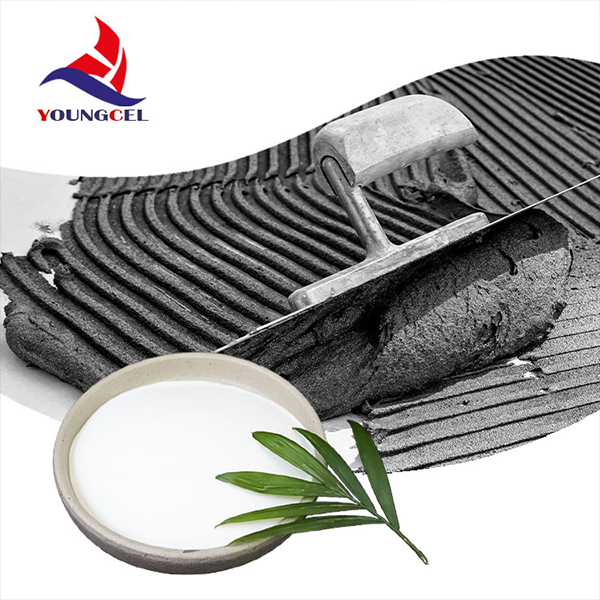If you formulate cement-based tile adhesives for a living (or you’ve ever had to fix a stubborn tile on a cold slab at 6 a.m.), you know cellulose ethers are the quiet heroes. That’s why I spent the week looking closely at High quality chemical additive MHEC ceramic tile adhesive cellulose Powder 9032-42-2—model YFM-150, from a plant in No.1 Shifu East Road, Gaocheng District, Shijiazhuang, Hebei, China. It’s a mouthful, sure, but the performance story is the real headline.

Why the tile adhesive market is leaning into MHEC
Industry trend, in one line: higher open time and anti-slip, with cleaner mixing and lower VOC. EN 12004/ISO 13007 classes (C1, C2, T, E) are pushing formulators to seek reliable water retention and trowelability without sacrificing tensile adhesion. MHEC slots right in. Many customers say they switched from standard HEC because they needed better slump control in large-format tiles. And, surprisingly, dust-reduced grades are becoming a purchasing criterion in urban jobsites.

Technical snapshot (real-world values may vary)
| Product | High quality chemical additive MHEC ceramic tile adhesive cellulose Powder 9032-42-2 (Model YFM-150) |
| CAS No. | 9032-42-2 |
| Appearance | Free-flowing white to off-white powder |
| Viscosity (2% Brookfield, 20°C) | ≈ 45,000–70,000 mPa·s |
| Moisture | ≤ 5.0% |
| pH (1% solution) | 6.0–8.5 |
| Bulk density | ≈ 350–450 g/L |
| Recommended dosage | 0.20–0.60% of dry mix |

Where it’s used (and why it sticks)
Usage scenarios: C1/C2 cementitious tile adhesives (T/E options), self-levelers (light grades), cement renders, thin-bed marble/granite setting, and patch repairs. The big advantages: robust water retention for hydration, slip resistance on verticals, extended open time, and that consistent “buttery” trowel feel installers rave about. To be honest, crews notice it day one.

Formulation and process flow (field-proven)
- Materials: cement (CEM I/II), graded sand, redispersible polymer powder, additives (starch ether, defoamer), and High quality chemical additive MHEC ceramic tile adhesive cellulose Powder 9032-42-2.
- Method: dry blend 3–5 min for homogeneity; add water 24–28% and mix 2–3 min; rest 5 min; remix 30 sec.
- Dosage tuning: 0.25% for C1E walls; 0.45–0.55% for large-format porcelain with “T”.
- Testing: EN 12004-2 tensile adhesion (initial, heat, water, freeze–thaw); slip; open time; workability; EN 1347 for slip, ISO 13007 classes.
Internal lab data (CEM I, 0.35% MHEC, 3.5% RDP): initial tensile adhesion ≈ 1.1 N/mm²; after water ≥ 0.9 N/mm²; open time ≥ 0.7 N/mm² at 30 min; slip ≤ 0.3 mm. Real-world use may vary with cement and sands, naturally.

Vendor comparison (quick glance)
| Vendor/Grade | Water retention @0.3% | Slip control | Open time boost | Certs |
|---|---|---|---|---|
| Youngcel YFM-150 (this) | High (≈ 98–99%) | Strong “T” | +10–20 min | ISO 9001; REACH-ready |
| Generic HEC | Medium | Moderate | +5–10 min | Variable |
| Low-vis MHEC | Medium-high | Good | +8–15 min | ISO 9001 |
Customization, service life, and feedback
Custom options: viscosity tuning, particle size (fast-dissolve grades), surface treatment for anti-caking, packaging 25 kg moisture-barrier bags. Shelf life: 24 months sealed, cool/dry. In bonded systems, adhesives formulated with High quality chemical additive MHEC ceramic tile adhesive cellulose Powder 9032-42-2 routinely meet long-term durability expectations under EN 12004 exposure cycles.
Customer notes: “Less sag on 600×1200 porcelain,” a coastal contractor told me; another said mixing dust was noticeably lower than their previous spec—small wins that save time.

Two quick case snapshots
- Coastal hotel bathrooms: YFM-150 at 0.4% delivered open time ≈ 35–40 min and post-immersion adhesion ~0.9 N/mm². Installer feedback: “predictable grab.”
- North China high-rise facades: vertical granite, “T” performance with slip ≤ 0.3 mm; freeze–thaw cycle results stayed within EN 12004-2 thresholds.
Standards and compliance
Formulations target EN 12004-1/-2 and ISO 13007 classifications; typical lab validation includes open time per EN 1346, slip per EN 1308, tensile adhesion per EN 1348. VOC: low by nature of polymer backbone; packaging and SDS available on request.
- EN 12004-1:2017 and EN 12004-2:2017, Adhesives for tiles.
- ISO 13007 (all parts), Ceramic tiles — Grouts and adhesives.
- EN 1348:2007, Tensile adhesion strength for cementitious adhesives.
- GB/T 25181, Ceramic tile adhesives — China national standard.
-
Understanding Methyl 2 Hydroxyethyl Cellulose: Uses, Benefits & Industry InsightsNewsNov.24,2025
-
Hydroxyethyl Methyl Cellulose HEMC: Industrial Uses, Benefits & Future TrendsNewsNov.23,2025
-
HEMC Cellulose: Versatile & Sustainable Industrial Polymer | YoungcelNewsNov.23,2025
-
Methyl Hydroxyethyl Cellulose: Versatile Building Block for Industry & SustainabilityNewsNov.23,2025
-
CAS 9032 42 2: Understanding Polyvinyl Alcohol's Impact on Industry & SustainabilityNewsNov.22,2025
-
Hydroxyethyl Methyl Cellulose: Versatile Solutions for Modern Industry and SustainabilityNewsNov.22,2025




